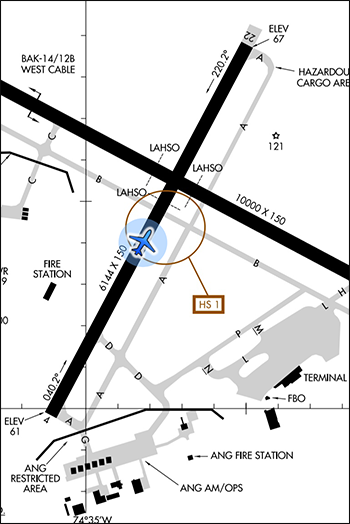Subscriber question:
"What’s something surprising pilots learn from advanced ratings that’s applicable to the average GA pilot?" — Peter O.
Tom:
 “The biggest learning I gained from some type ratings and jet time wasn’t the actual flying or systems management. It was being fully ready for the next phase of the flight—including the after-landing taxi.
“The biggest learning I gained from some type ratings and jet time wasn’t the actual flying or systems management. It was being fully ready for the next phase of the flight—including the after-landing taxi.
I seldom gave taxi planning much thought when flying slower airplanes into less busy airports. Once I did it for jets, however, I realized how useful it was for all sorts of flights.
Taxi planning starts before takeoff. Look at the airport diagram and Google Earth images for your destination to understand the airport layout and where the FBO is located. Once in flight and upon hearing the ATIS, it’s easy to then envision what direction you will be turning off the landing runway and picture a route to the FBO. Your airport diagram is your friend. Sketch your expected taxi path to the FBO before you get too busy with the rest of the arrival.
Airport diagrams also show hot spots—taxiway and runway intersections that have caused confusion or sightline problems for others. If you’ve studied the diagram, you’ll know which spots require particular vigilance.
After your ego-inflating perfect touchdown, avoid the stumble when Ground asks: ‘Say parking?’ and the FBO name immediately evaporates from your mind. Write it down on your kneeboard or in your EFB.
Tailwheel pilots say the flight isn’t over until the airplane is tied down. That’s true for any type of aircraft. Don’t shortchange the last portion of the flight from the runway to the tiedown.”
Do you study your route from the runway to parking before landing at unfamiliar airports?
